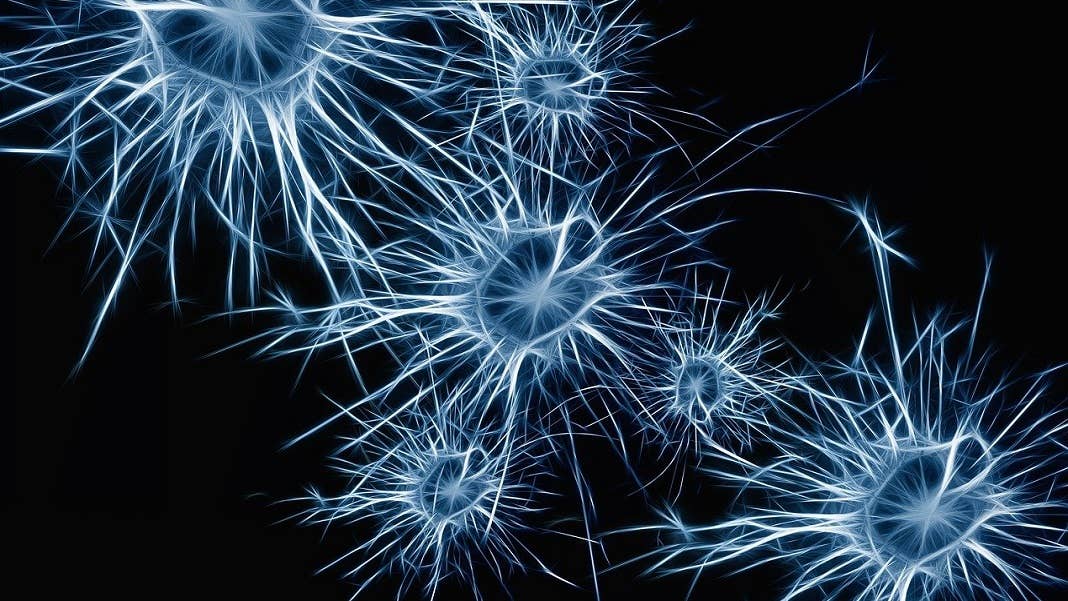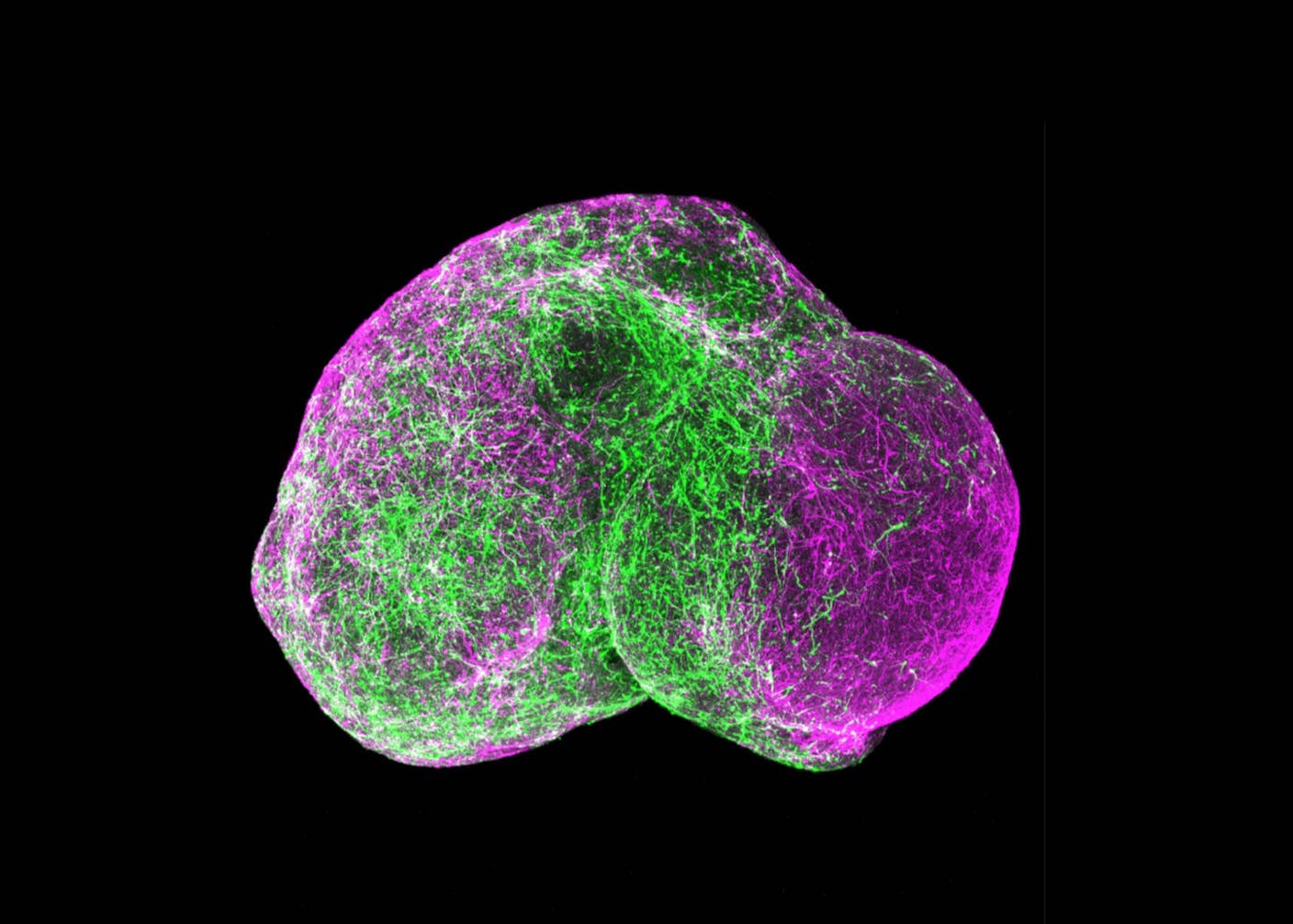Your Brain Breaks Its Own DNA to Form Memories That Can Last a Lifetime

Share
Some memories last a lifetime. The awe of seeing a full solar eclipse. The first smile you shared with your partner. The glimpse of a beloved pet who just passed away in their sleep.
Other memories, not so much. Few of us remember what we had for lunch a week ago. Why do some memories last, while others fade away?
Surprisingly, the answer may be broken DNA and inflammation in the brain. On the surface, these processes sound utterly detrimental to brain function. Broken DNA strands are usually associated with cancer, and inflammation is linked to aging.
But a new study in mice suggests that breaking and repairing DNA in neurons paves the way for long-lasting memories.
We form memories when electrical signals zap through neurons in the hippocampus, a seahorse-shaped region deep inside the brain. The electrical pulses wire groups of neurons together into networks that encode memories. The signals only capture brief snippets of a treasured experience, yet some can be replayed over and over for decades (although they do gradually decay like a broken record).
Like artificial neural networks, which power most of today’s AI, scientists have long thought that rewiring the brain’s connections happens fast and is prone to changes. But the new study found a subset of neurons that alter their connections to encode long-lasting memories.
To do this, strangely, the neurons recruit proteins that normally fend off bacteria and cause inflammation.
“Inflammation of brain neurons is usually considered to be a bad thing, since it can lead to neurological problems such as Alzheimer’s and Parkinson’s disease,” said study author Dr. Jelena Radulovic at Albert Einstein College of Medicine in a press release. “But our findings suggest that inflammation in certain neurons in the brain’s hippocampal region is essential for making long-lasting memories.”
Should I Stay or Should I Go?
We all have a mental scrapbook for our lives. When playing a memory—the whens, wheres, whos, and whats—our minds transport us through time to relive the experience.
The hippocampus is at the heart of this ability. In the 1950s, a man known as H.M. had his hippocampus removed to treat epilepsy. After the surgery, he retained old memories, but could no longer form new ones, suggesting that the brain region is a hotspot for encoding memories.
But what does DNA have to do with the hippocampus or memory?
It comes down to how brain cells are wired. Neurons connect with each other through little bumps called synapses. Like docks between two opposing shores, synapses pump out chemicals to transmit messages from one neuron to another. Depending on the signals, synapses can form a strong connection to their neighboring neurons, or they can dial down communications.
This ability to rewire the brain is called synaptic plasticity. Scientists have long thought it’s the basis of memory. When learning something new, electrical signals flow through neurons triggering a cascade of molecules. These stimulate genes that restructure the synapse to either bump up or decrease their connection with neighbors. In the hippocampus, this “dial” can rapidly change overall neural network wiring to record new memories.
Synaptic plasticity comes at a cost. Synapses are made up of a collection of proteins produced from DNA inside cells. With new learning, electrical signals from neurons cause temporary snips to DNA inside neurons.
DNA damage isn’t always detrimental. It’s been associated with memory formation since 2021. One study found breakage of our genetic material is widespread in the brain and was surprisingly linked to better memory in mice. After learning a task, mice had more DNA breaks in multiple types of brain cells, hinting that the temporary damage may be part of the brain’s learning and memory process.
But the results were only for brief memories. Do similar mechanisms also drive long-term ones?
“What enables brief experiences, encoded over just seconds, to be replayed again and again during a lifetime remains a mystery,” Drs. Benjamin Kelvington and Ted Abel at the Iowa Neuroscience Institute, who were not involved in the work, wrote in Nature.
Be Part of the Future
Sign up to receive top stories about groundbreaking technologies and visionary thinkers from SingularityHub.


The Memory Omelet
To find an answer, the team used a standard method for assessing memory. They hosted mice in different chambers: Some were comfortable; others gave the critters a tiny electrical zap to the paws, just enough that they disliked the habitat. The mice rapidly learned to prefer the comfortable room.
The team then compared gene expression from mice with a recent memory—roughly four days after the test—to those nearly a month after the stay.
Surprisingly, genes involved in inflammation flared up in addition to those normally associated with synaptic plasticity. Digging deeper, the team found a protein called TLR9. Usually known as part of the body’s first line of defense against dangerous bacteria, TLR9 boosts the body’s immune response against DNA fragments from invading bacteria. Here, however, the gene became highly active in neurons inside the hippocampus—especially those with persistent DNA breaks that last for days.
What does it do? In one test, the team deleted the gene encoding TLR9 in the hippocampus. When challenged with the chamber test, these mice struggled to remember the “dangerous” chamber in a long-term memory test compared to peers with the gene intact.
Interestingly, the team found that TLR9 could sense DNA breakage. Deleting the gene prevented mouse cells from recognizing DNA breaks, causing not just loss of long-term memory, but also overall genomic instability in their neurons.
“One of the most important contributions of this study is the insight into the connection between DNA damage…and the persistent cellular changes associated with long-term memory,” wrote Kelvington and Abel.
Memory Mystery
How long-term memories persist remains a mystery. Immune responses are likely just one aspect.
In 2021, the same team found that net-like structures around neurons are crucial for long-term memory. The new study pinpointed TLR9 as a protein that helps form these structures, providing a molecular mechanism between different brain components that support lasting memories.
The results suggest “we are using our own DNA as a signaling system,” Radulovic told Nature, so that we can “retain information over a long time.”
Lots of questions remain. Does DNA damage predispose certain neurons to the formation of memory-encoding networks? And perhaps more pressing, inflammation is often associated with neurodegenerative disorders, such as Alzheimer’s disease. TLR9, which helped the mice remember dangerous chambers in this study, was previously involved in triggering dementia when expressed in microglia, the brain’s immune cells.
“How is it that, in neurons, activation of TLR9 is crucial for memory formation, whereas, in microglia, it produces neurodegeneration—the antithesis of memory?” asked Kelvington and Abel. “What separates detrimental DNA damage and inflammation from that which is essential for memory?”
Image Credit: geralt / Pixabay
Dr. Shelly Xuelai Fan is a neuroscientist-turned-science-writer. She's fascinated with research about the brain, AI, longevity, biotech, and especially their intersection. As a digital nomad, she enjoys exploring new cultures, local foods, and the great outdoors.
Related Articles

Time Doesn’t Really Flow—Your Brain Just Makes You Think It Does

How Will the Universe End? The Dark Eternity That Awaits Us Trillions of Years From Now

Five-Year-Old Mini Brains Can Now Mimic a Kindergartener’s Neural Wiring. It’s Time to Talk Ethics.
What we’re reading